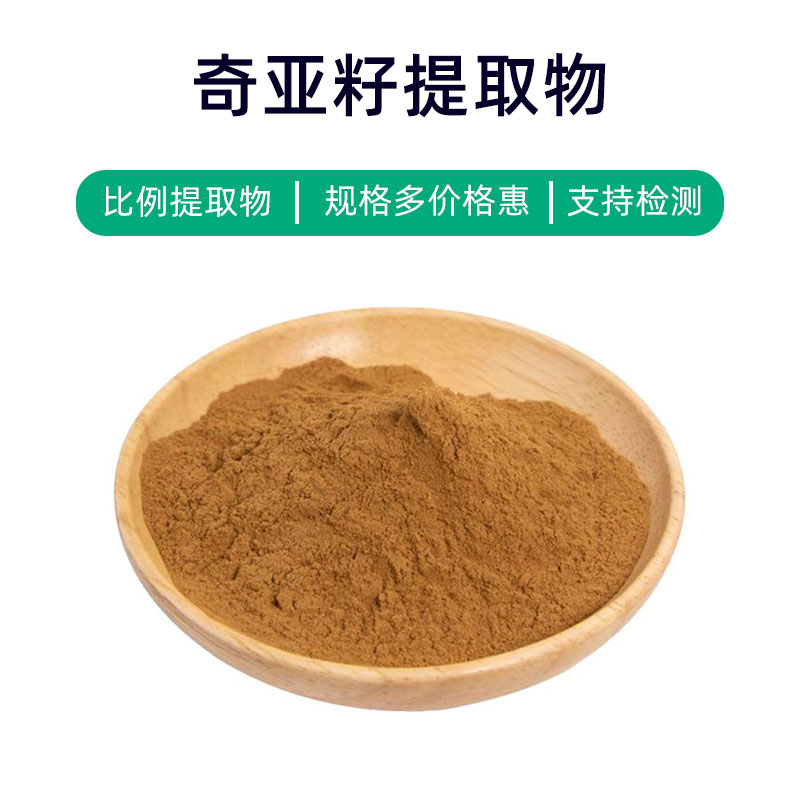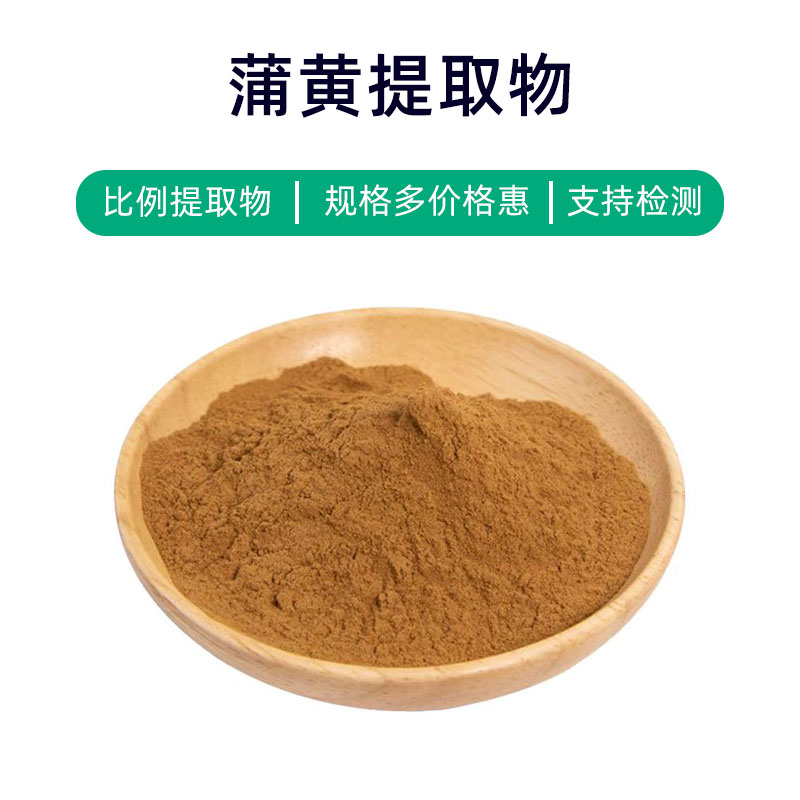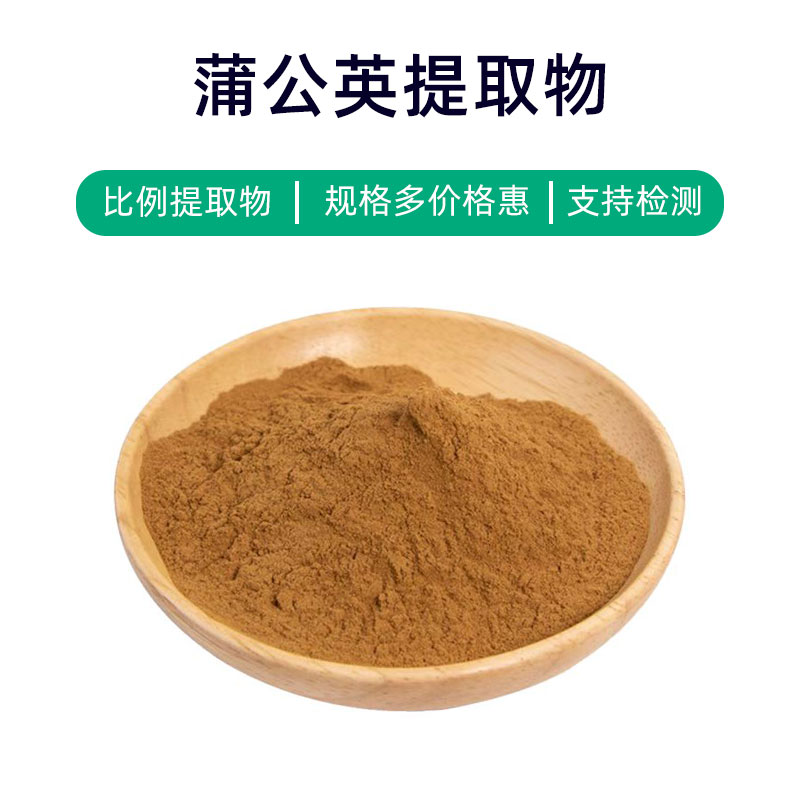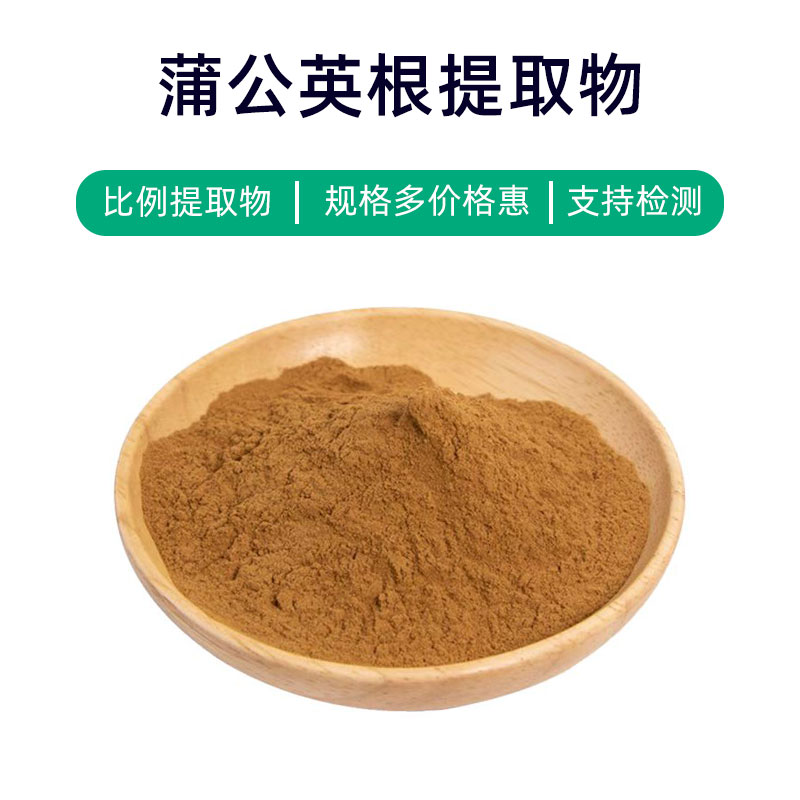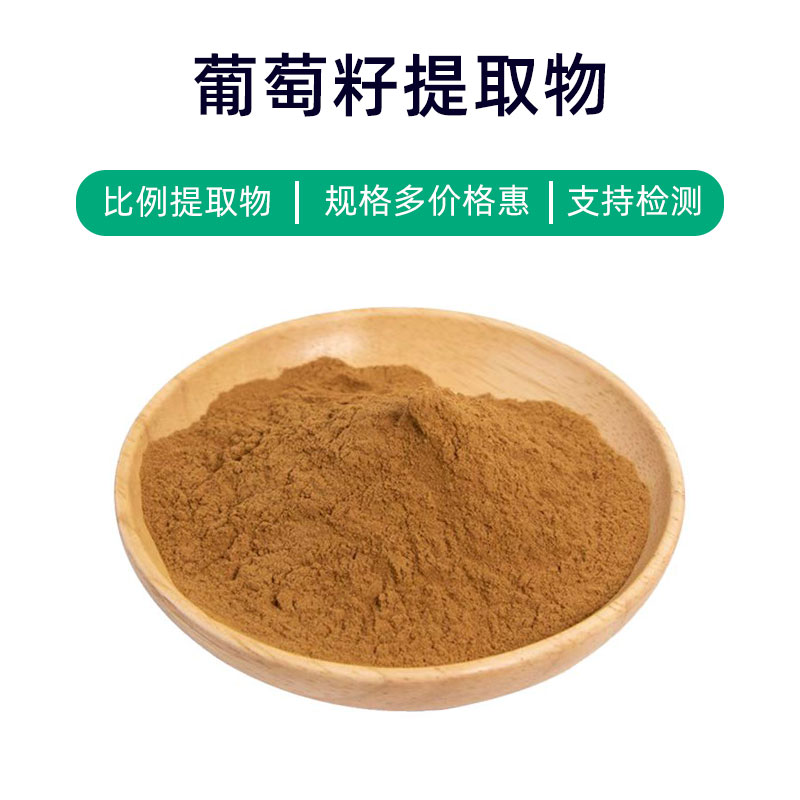Introduction to Curcuma Zedoaria Extract
Curcuma zedoaria extract is a natural plant extract obtained from Curcuma zedoaria, containing active substances like Zedoary and Curcumin. This extract boasts multiple benefits, including antioxidant, anti-inflammatory, antibacterial properties, and gut function regulation. These advantages make it popular in fields like pharmaceuticals, dietary supplements, food, and cosmetics.
First, as a natural antioxidant, Curcuma zedoaria extract helps the body combat free radical damage, slows down aging, and protects cells from oxidative stress. Its anti-inflammatory properties can alleviate discomfort and pain associated with inflammation, making it suitable for use as a health-functional ingredient in foods and supplements.
Second, Curcuma zedoaria extract has significant antibacterial and anti-inflammatory effects, making it useful in the medical field. It can treat various infectious diseases such as skin infections and gastrointestinal infections, and it can help relieve gastrointestinal discomfort and promote digestion.
Additionally, its antioxidant and anti-inflammatory properties are widely applied in the cosmetics industry, improving skin condition and reducing issues like acne and inflammation, while also providing soothing and moisturizing effects.
Overall, Curcuma zedoaria extract, as a natural plant extract, offers a range of benefits and is widely used in pharmaceuticals, health supplements, food products, and cosmetics, contributing positively to health and beauty.
Manufacturing Process of Curcuma Zedoaria Extract
The production process of Curcuma zedoaria extract generally includes the following steps:
- Raw Material Preparation: Fresh rhizomes of Curcuma are selected, thoroughly washed, and dried. The quality and cleanliness of the raw materials are critical to the extraction process.
- Grinding: The dried rhizomes are ground to increase extraction efficiency and surface area, usually employing micro-pulverization or ultra-micro-pulverization techniques to ensure uniformity.
- Extraction Process: The ground rhizomes are blended with an appropriate extraction solvent (such as ethanol or ether) in extraction equipment. Methods like heating reflux extraction or ultrasonic extraction are commonly used to boost extraction efficiency and yield.
- Filtration and Separation: After cooling, the extract is filtered using filter paper or other filtration methods to remove solid residues, resulting in a liquid extract.
- Concentration of Extract: The resulting extract solution is concentrated, typically using vacuum concentration or low-temperature evaporation techniques to remove most of the solvent and yield concentrated Curcuma zedoaria extract.
- Purification: The concentrated extract undergoes purification to eliminate impurities, enhancing product purity and quality.
- Drying: The purified extract solution is dried, often using spray drying or vacuum drying methods, to obtain the final powdered form of Curcuma zedoaria extract.
- Packaging and Storage: The final product is packaged and stored, usually in sealed containers, away from direct sunlight and humid environments to maintain stability and shelf life.
This outlines the general manufacturing process for Curcuma zedoaria extract; specific methods may vary based on production technology and equipment conditions.
Effects and Side Effects of Curcuma Zedoaria Extract
Curcuma zedoaria extract is a well-known traditional herbal remedy with multiple effects and actions:
- Anti-inflammatory Action: Rich in bioactive components, Curcuma zedoaria extract shows significant anti-inflammatory properties, useful for treating inflammatory diseases like rheumatoid arthritis and skin inflammation.
- Antioxidant Action: High in various antioxidants, it scavenges free radicals within the body, reducing oxidative damage, protecting cell health, and slowing aging.
- Antibacterial Action: The extract inhibits various bacteria and fungi, making it suitable for treating infectious diseases like skin infections and respiratory tract infections.
- Antitumor Activity: Research suggests that active components in the extract exhibit antitumor properties, capable of inhibiting tumor cell proliferation and metastasis, indicating potential in cancer treatment.
- Immune Function Regulation: It modulates the immune system, enhancing resistance and aiding in the management of immune-related diseases.
- Liver Protection: The extract has protective effects on the liver, potentially alleviating liver damage and promoting cell repair and regeneration, with therapeutic effects on hepatitis and fatty liver.
- Digestive Aid: It stimulates digestive fluid secretion and enhances gastrointestinal motility, providing relief for digestive issues like indigestion and gastritis.
- Blood Sugar and Lipid Regulation: It may lower blood sugar and lipid levels, assisting in the management of metabolic diseases such as diabetes and hyperlipidemia.
- Circulation Improvement: The extract promotes blood circulation by dilating blood vessels, which may help prevent cardiovascular diseases.
Despite its numerous benefits, care is needed to avoid potential side effects like digestive upset or allergic reactions from excessive use. It's advised to consult a healthcare professional before use and follow specified dosages to ensure safety and efficacy.
Applications and Dosages of Curcuma Zedoaria Extract
Curcuma zedoaria extract has diverse applications in the fields of medicine, food, and cosmetics:
- In Medicine:
- Oral Use: Commonly used as an ingredient in formulations like oral liquids, capsules, or granules for gastrointestinal regulation, digestive improvement, and anti-inflammatory effects. Typical dosages range from 3 to 9 grams per day, divided into 2-3 doses.
- Topical Use: Used in topical preparations such as ointments, washes, and sprays for treating skin inflammation, eczema, and acne. Frequency and method of application vary based on specific conditions, typically applied 1-3 times daily.
- In Food:
- Seasoning: Used in seasoning blends to impart unique flavors to foods, commonly added to meat, seafood, and soups, usually at a concentration of 0.1-0.5%.
- Health Supplements: Often included in dietary supplements to enhance physical well-being and boost immune function, dosage should follow product instructions or doctor's recommendations.
- In Cosmetics:
- Skincare Products: Its anti-inflammatory and antioxidant benefits make it suitable for use in skincare items like masks, lotions, or serums aimed at skin improvement and anti-aging, with typical inclusion rates of 0.5-2%.
- Hair Care Products: Also found in shampoos and conditioners to improve scalp conditions and promote hair growth, generally included at 0.5-1%.
Dosage and usage of Curcuma zedoaria extract should align with product labels, medical advice, or formulation requirements. Carefully read product packaging and consult with healthcare professionals prior to use. If any adverse effects arise, cease use immediately and seek medical attention.
Plant Source, Distribution, and Growth Conditions of Curcuma Zedoaria
Curcuma (Curcuma zedoaria), also known as white zedoary, is a perennial herb from the ginger family. Here are details about the plant source, distribution, and growth conditions:
- Plant Characteristics:
- Plants typically grow between 24 to 39 inches tall, with upright, cylindrical stems.
- Leaves are long-oval or lanceolate, smooth on the surface, with prominent veins and deep green color.
- Flowers bloom in summer, producing spikes of light yellow or white blooms.
- Distribution:
- Native to northeastern India and Southeast Asia, primarily found in India, Thailand, Malaysia, and Vietnam.
- Has been introduced to other regions, like southern China (Guangdong, Guangxi, Yunnan) and various tropical and subtropical areas.
- Growth Conditions:
- Altitude: Typically flourishes at altitudes between 1,000 to 3,300 feet in tropical and subtropical areas.
- Climate: Prefers humid, rainy climates with warm temperatures, ideally with an annual average temperature between 68°F and 86°F.
- Soil Requirements: Thrives in loose, well-draining soils, not overly demanding in fertility but slightly prefers slightly acidic soils.
- Light Conditions: Prefers abundant sunlight but can also grow in partial shade.
Curcuma is a common herb in tropical and subtropical regions, with its rhizome being the primary source for extracting Curcuma zedoaria extract. Given suitable growth conditions, Curcuma can thrive abundantly, providing a valuable resource for extract production.
Processing and Storage of Curcuma Zedoaria Extract
The processing and storage of Curcuma zedoaria extract are vital for ensuring product quality and efficacy.
- Processing:
- The processing usually entails washing, slicing, drying, and extracting the rhizomes.
- Fresh rhizomes must be thoroughly cleaned to remove dirt and impurities.
- The rhizomes are then sliced into uniform thin pieces to facilitate drying and extraction.
- Finally, appropriate drying methods reduce moisture content before extraction to obtain the Curcuma extract.
- Storage:
- Store Curcuma zedoaria extract in a cool, dry, well-ventilated area, away from direct sunlight and humid environments to prevent spoilage.
- To prevent oxidation and moisture absorption, keep the extract in sealed containers with desiccants.
- Avoid contact with harmful chemicals and odor-causing substances to maintain product quality.
- Under suitable storage conditions, Curcuma zedoaria extract can maintain stability and efficacy for an extended period.
Employing scientific processing and storage methods ensures the quality and stability of Curcuma zedoaria extract, enabling its benefits and applications to be effectively realized.
Monica Sun is a seasoned expert in the plant extraction industry with over a decade of experience in research and production. She specializes in the extraction and purification of plant active ingredients, focusing on driving innovation in natural product applications. Monica has participated in the development of multiple functional plant extracts, delivering high-value natural raw material solutions for the health food, pharmaceutical, and dietary supplement sectors.









